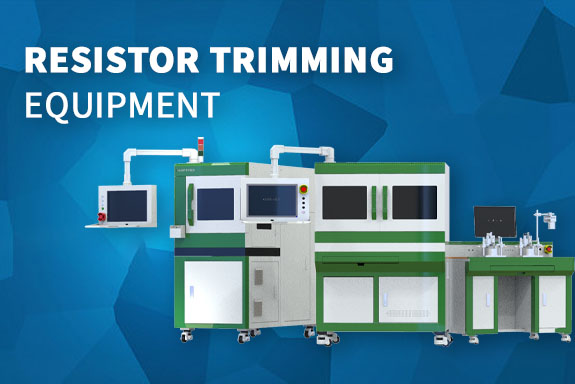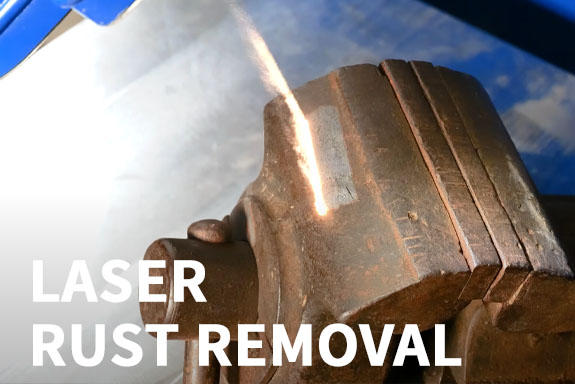Introduction to 3D Printing and Metal Printing Technologies
3D printing has revolutionized manufacturing and prototyping across various industries by allowing the creation of complex and customized parts directly from digital models. Among the myriad of 3D printing technologies available, 3D printers that print metal represent a significant advancement, offering capabilities that were previously challenging or impossible with traditional methods. This article will explore the different facets of 3D printing, including the best-rated 3D printers, large-format 3D printers, and specific technologies such as SLA and fast 3D printing. By understanding these technologies, you can make informed decisions about which 3D printer is best suited to your needs.
The Evolution and Benefits of 3D Printing
3D printing, also known as additive manufacturing, has evolved significantly since its inception. The technology involves creating three-dimensional objects layer by layer based on a digital design. One of the major benefits of 3D printing is its ability to produce complex geometries that are difficult or impossible to achieve with traditional manufacturing methods. This includes 3D printers that print metal, which allow for the creation of strong and durable parts with intricate designs. The flexibility and precision of 3D printing make it ideal for prototyping, customized manufacturing, and even small-scale production runs.
Advantages of 3D Printers That Print Metal
3D printers that print metal offer several distinct advantages over traditional metalworking techniques. These machines use various methods, such as powder bed fusion or direct energy deposition, to build metal parts with high accuracy. The primary benefits include reduced material waste, as the additive process only uses the material needed for the part, and the ability to create complex internal structures that would be difficult to machine or cast. Additionally, metal 3D printing can produce parts with exceptional mechanical properties, making it suitable for high-performance applications in industries such as aerospace, automotive, and medical.
Choosing the Best-Rated 3D Printer
When selecting the best-rated 3D printer, several factors come into play, including print quality, reliability, and user reviews. Highly-rated 3D printers often feature advanced technologies that enhance print accuracy and speed. These printers are evaluated based on their performance, ease of use, and the quality of customer support provided. Reviews and ratings can guide you in choosing a 3D printer that meets your specific requirements, whether you’re interested in high-resolution SLA models, large-format printers, or fast 3D printers. Ensuring that the chosen 3D printer aligns with your needs will help you achieve the best results in your projects.
Exploring Large Print 3D Printers
Large print 3D printers are designed to handle bigger and more complex projects that exceed the capabilities of standard machines. These printers can create large-scale prototypes, functional parts, and even end-use products in a single print job. When considering a large print 3D printer, it’s important to evaluate the build volume, material compatibility, and the type of printing technology used. Whether you’re working on architectural models, automotive parts, or industrial components, a large-format 3D printer can provide the capacity and versatility needed for larger projects.
The Role of SLA in 3D Printing
SLA (Stereolithography) is one of the many 3D printing technologies available and is known for its high precision and excellent surface finish. SLA printers use a laser to cure liquid resin into solid layers, allowing for the production of highly detailed and accurate parts. This technology is especially useful for applications requiring fine detail and smooth surfaces, such as in jewelry, dental, and prototyping industries. For those seeking a 3D printer that prints metal, it’s worth noting that SLA is typically used with resin rather than metals. However, understanding SLA’s capabilities can provide insights into different 3D printing technologies and their respective applications.
Advantages of Fast 3D Printers
Fast 3D printers are designed to significantly reduce print times without compromising quality. These printers incorporate advanced technologies such as high-speed motion systems and rapid curing techniques to expedite the printing process. For industries where time is critical, such as product development and rapid prototyping, fast 3D printers can greatly enhance productivity. When selecting a fast 3D printer, consider factors such as speed, accuracy, and material compatibility to ensure that it meets your specific needs.
Comparing 3D Printing Technologies
When evaluating different 3D printing technologies, it is important to understand the strengths and limitations of each. For example, while SLA printers offer exceptional detail and smooth finishes, they are typically used with resin rather than metal. In contrast, 3D printers that print metal are suited for applications requiring robust and durable parts. Large-format 3D printers provide the capacity for bigger projects, while fast 3D printers focus on efficiency and speed. By comparing these technologies, you can choose the one that best aligns with your project requirements and objectives.
Future Trends in 3D Printing
The field of 3D printing is continuously evolving, with new advancements and innovations emerging regularly. Future trends may include improvements in material options, such as more advanced metal alloys and composites, as well as enhanced printing speeds and resolutions. The integration of artificial intelligence and machine learning could further optimize the printing process and improve quality control. Staying informed about these trends will help you leverage the latest technologies and maintain a competitive edge in your field.
Conclusion
3D printing technology, including 3D printers that print metal, has transformed the way we approach manufacturing and prototyping. By understanding the benefits of different types of 3D printers—whether they are large-format, fast, or SLA—you can make informed decisions and select the best equipment for your needs. The advancements in 3D printing technology offer unparalleled flexibility and precision, making it a valuable tool for a wide range of applications. As the technology continues to advance, keeping abreast of new developments will ensure that you can fully harness the potential of 3D printing in your projects.
由用户整理投稿发布,不代表本站观点及立场,仅供交流学习之用,如涉及版权等问题,请随时联系我们(yangmei@bjjcz.com),我们将在第一时间给予处理。






